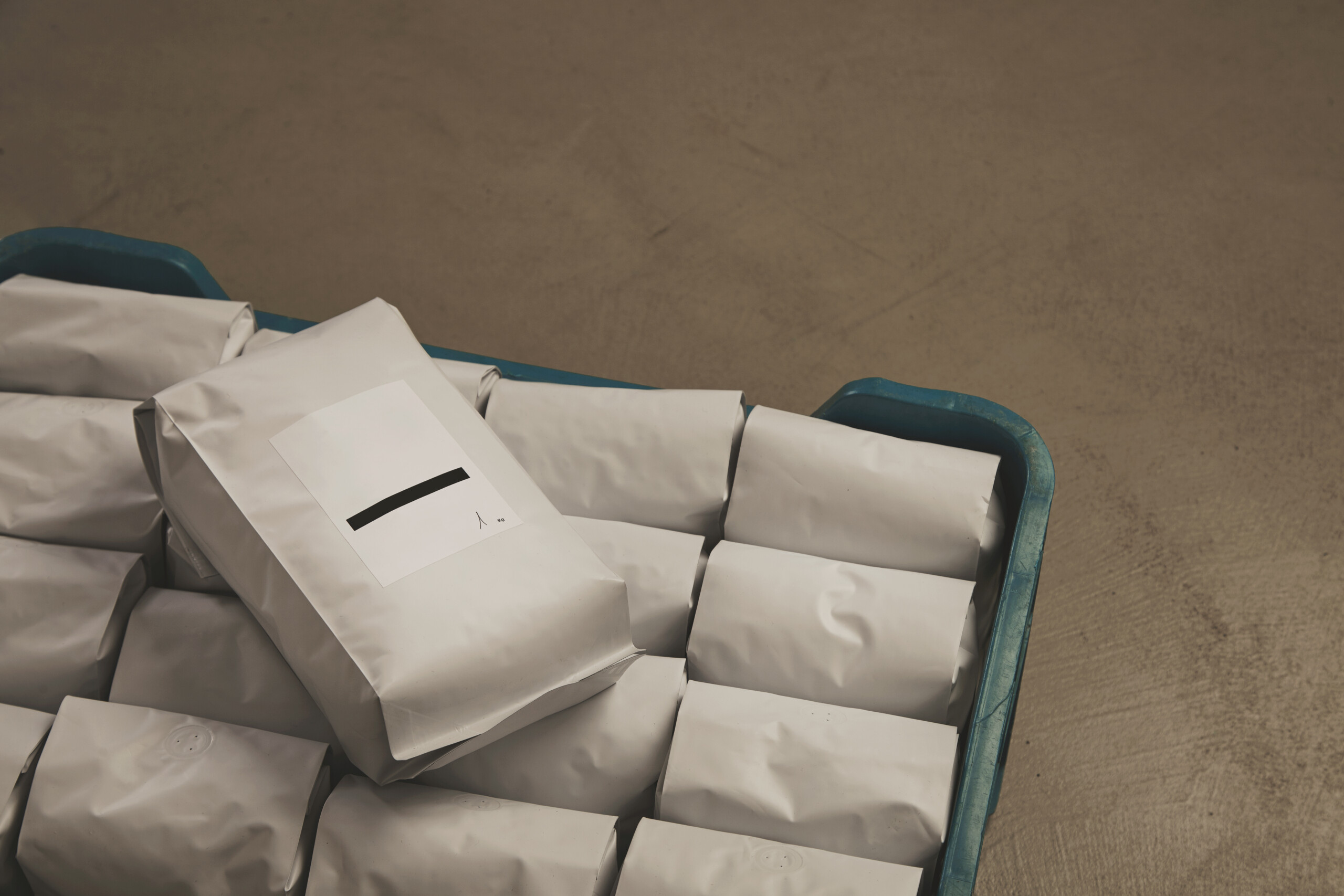123Fab
1 topic, 2 key figures, 3 startups to draw inspiration from

France’s Extended Producer Responsibility (EPR) framework, based on the “polluter-pays” principle, holds companies accountable for the entire life cycle of these products, from design to end-of-life.
While EPR has existed in France since 1975, it gained traction in 1992 with the household packaging decree and has since expanded to include sectors such as batteries, paper, and electrical and electronic equipment.
The major new development for 2025 is the expansion of this system to include industrial and commercial packaging (Emballages Industriels et Commerciaux – EIC). This marks a significant regulatory evolution, applying the “polluter-pays” principle to B2B packaging waste for the first time. The goal is to improve waste collection, sorting, and recycling while encouraging producers to reduce material use and invest in sustainable alternatives.
What types of packaging are affected?
The scoping study for the upcoming EPR scheme highlights that professional packaging is used across all business sectors:
- Chemical and pharmaceutical
- Cosmetics and personal care
- Manufacturing
- Textile
- Automotive
- Construction
- Transport and logistics
- E-commerce
Professional packaging includes all material used in a B2B context, including:
- Sales packaging: cans, sachets, big bags, metal drums, etc.
- Grouping packaging: cardboard boxes, plastic wrap, etc.
- Transport packaging: pallets, crates, etc.
This new regulatory framework goes beyond waste management. It is already influencing internal strategic decisions across affected industries. The obligation to manage and finance end-of-life packaging will necessarily drive companies to reconsider their materials usage, explore circular models, and implement innovative packaging solutions.
Before considering reuse, recycling or new materials, the top priority remains sobriety (i.e. reducing packaging at the source). Minimizing packaging volume and eliminating unnecessary materials is the most effective way to reduce environmental impact, and often the most cost-efficient.
Key solutions for a circular packaging system
- Reusable packaging
One of the most impactful solutions lies in reusable packaging systems. These systems drastically reduce demand for raw materials and eliminate single-use packaging by encouraging reuse cycles.
As an example: Loop partners with major brands like Nestlé to distribute products in durable, reusable containers. Once used, the packaging is collected, cleaned, and refilled—minimizing waste and optimizing material use.
- Recycled materials and bioplastics
Switching to recycled or bio-based materials can significantly reduce the environmental burden of packaging. These alternatives, often recyclable themselves, support circularity and reduce reliance on fossil-based plastics.
French startup Carbios is pioneering enzymatic recycling, a breakthrough technology that breaks down PET plastics into their base components for infinite reuse. This innovation could redefine how industries handle plastic waste.
- Packaging management tools
Smart tools can help companies monitor, reduce, and optimize their packaging usage. Digital platforms and traceability systems ensure compliance with evolving EPR regulations while making sustainability efforts more transparent.
Blockchain, for instance, can facilitate the tracking of reusable packaging throughout its life cycle, allowing companies to verify returns and reward responsible practices.
- Modular packaging
Modular packaging systems enable businesses to create packaging that fits products precisely—reducing excess material, cutting storage costs, and streamlining transport.
Packsize offers on-demand packaging solutions, allowing companies to custom-size boxes for each shipment. E-commerce players like Amazon already use this approach to reduce void fill and improve shipping efficiency.
- Natural materials
Packaging made from natural plant-based fibers—such as straw or hemp—offers a renewable, biodegradable alternative to conventional materials.
Startups like Xampla, develop plant-based materials that can replace single-use plastics. Their products, derived from pea protein, are biodegradable and suitable for various industries.
Looking ahead
As the new EPR law reshapes the industrial packaging landscape, companies are being called to adapt—not only to comply, but to lead. Circular packaging solutions like reusable systems, bio-based materials, smart management tools, and precision-fit packaging are already demonstrating how innovation and regulation can go hand in hand.
By embracing these sustainable alternatives, businesses can reduce their environmental footprint while building more resilient, future-ready supply chains.
2 Key Figures
7.5 million
tons of professional packaging were placed on the French market in 2024
7%
the rate of re-use of professional packaging in France
3 startups to draw inspiration from

Pandobac
This French startup offers a turnkey service for the rental, tracking, and washing of reusable transport crates. The solution is tailored for B2B flows between food industry players—whether between manufacturers, retailers, or out-of-home catering providers. It enables companies to reduce single-use packaging while simplifying reverse logistics.
Xampla
A british startup that, manufactures plant-based, biodegradable packaging materials. Its product range includes stretch films, wrapping papers, and microcapsules—suitable for applications from homecare and cosmetics to packaging.
Lactips
Lactips produces water-soluble and biodegradable thermoplastic pellets using casein, a milk protein. The pellets can be used to make all sorts of packaging material.
Interested in a startup landscape or in an insights report?
Please fill out our contact form so that we can get back to you very quickly with our product offer.
Want to subscribe to our 123Fab?
Fill out our form to receive the latest insights into your inbox.
